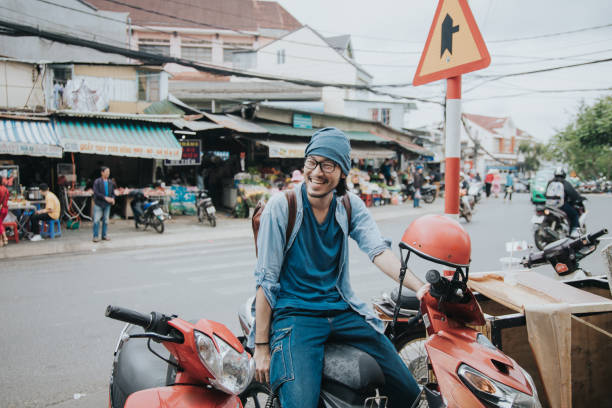
Transport within Vietnam
Vietnam offers a multitude of transportation options, matching the diversity of its surroundings. You might prefer breezy motorcycle journeys, traveling by plane nonstop, or traveling by train or bus and taking in the views along the way.
You can typically travel simply and comfortably if you do a little planning (and have a sense of adventure). There are many cabs, buses, and cyclos in the cities, and cycling is frequently a desirable option for traveling outside of the cities. An overview of your transportation choices inside Vietnam is provided here.
Flights in Vietnam
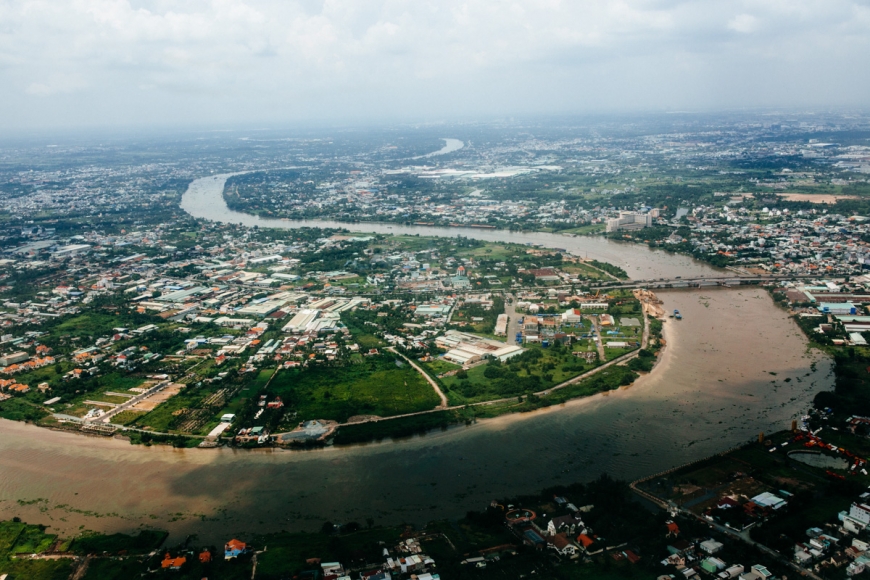 Flying is the most practical way to visit various locations in Vietnam for individuals who are short on time. Many travelers choose to use buses or trains rather than flying because they misunderstand the distance (and condition of the roads) between cities. It's important to know that trains from Central Vietnam to either place can take up to 16 hours and that journeys from Hanoi to Ho Chi Minh City can take up to 30 hours. Given this, choosing a one- or two-hour flight makes a lot of sense so you can stay longer at your destination. There are daily flights to all of the key places in the nation, and domestic ticket prices are surprisingly affordable.
Flying is the most practical way to visit various locations in Vietnam for individuals who are short on time. Many travelers choose to use buses or trains rather than flying because they misunderstand the distance (and condition of the roads) between cities. It's important to know that trains from Central Vietnam to either place can take up to 16 hours and that journeys from Hanoi to Ho Chi Minh City can take up to 30 hours. Given this, choosing a one- or two-hour flight makes a lot of sense so you can stay longer at your destination. There are daily flights to all of the key places in the nation, and domestic ticket prices are surprisingly affordable.
The government carrier, Vietnam Airlines, operates the majority of daily flights, while Vietjet, Bamboo Airways, and Pacific Airlines also provide inexpensive options for quick trips within the nation.
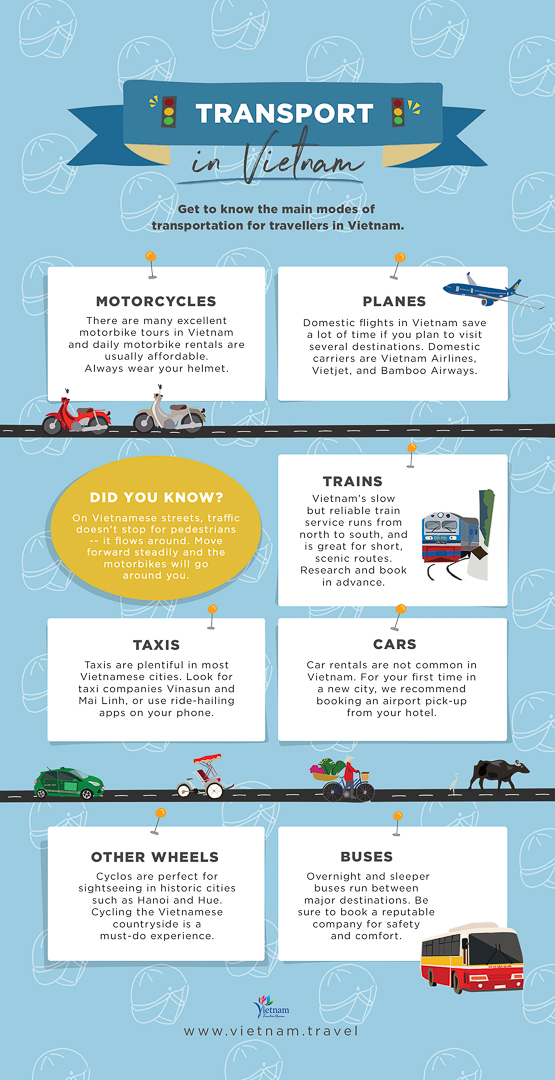 Trains in Vietnam
Trains in Vietnam
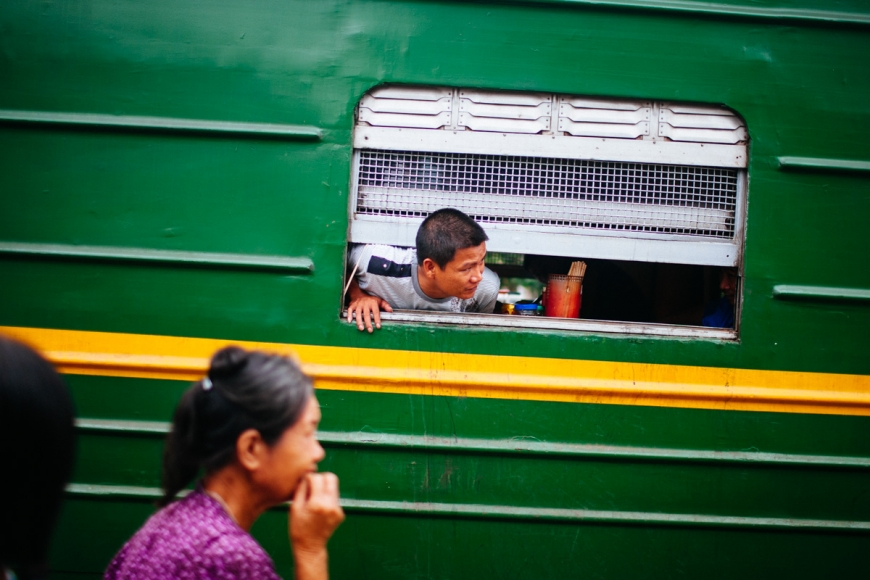 Averaging about 40km an hour, Vietnam's trains are an insightful and relaxing way to journey through the country. The North and South are connected by a single, 2,600km-track network managed by Vietnam Railways. The track snakes through the country from Ho Chi Minh City all the way to the Chinese border. Spring for the soft seats and four-berth cabins for a little extra comfort, or splurge on one of the private tourist sleeping cars that are now available for several key routes. The railroad line is undergoing renovations as much of the existing tracks date back to colonial times, so be sure to research before you go.
Averaging about 40km an hour, Vietnam's trains are an insightful and relaxing way to journey through the country. The North and South are connected by a single, 2,600km-track network managed by Vietnam Railways. The track snakes through the country from Ho Chi Minh City all the way to the Chinese border. Spring for the soft seats and four-berth cabins for a little extra comfort, or splurge on one of the private tourist sleeping cars that are now available for several key routes. The railroad line is undergoing renovations as much of the existing tracks date back to colonial times, so be sure to research before you go.
Hanoi Train Station Address: 120 Lê Duẩn, Cửa Nam, Hoàn Kiếm, Hà Nội, Vietnam
Ho Chi Minh City Train Station Address: 1 Nguyễn Thông, phường 9, Quận 3, Hồ Chí Minh, Vietnam
Buying train tickets in Vietnam
-
You can buy your train tickets at counters in Vietnam's train stations days or months in advance of your trip, depending on the route. Train tickets are also sold through many travel agencies and online through Vietnam's official train ticketing website.
-
Children above 5 years old are charged the full ticket price.
-
All trains have western and squat toilets on both ends of every carriage.
-
Luggage transport and freight forward service is available on Reunification Express Trains (see below.)
If you're traveling during Vietnamese holidays and peak times, be sure to book your train tickets well in advance. On ordinary days it's still a good idea to buy your tickets a few days early. If you're trying to buy tickets for same-day travel, you can expect the faster trains and best seats to be taken.
The Reunification Express
The Reunification Express isn’t really a train. It's a line connecting Hanoi and Ho Chi Minh City, completed by the French in 1936. The 36-hour scenic ride makes stops in Hue, Danang, Nha Trang, and Phan Thiet. A slow but memorable journey, five Reunification Express services run daily (7:30 PM; 10 PM; 6 AM; 9 AM; 1:10 PM) from both Hanoi and Ho Chi Minh City. There are four classes to choose from: hard seat, soft seat, hard sleeper, and soft sleeper. The cabins are divided into four berths with simple bedding provided.
Buses in Vietnam
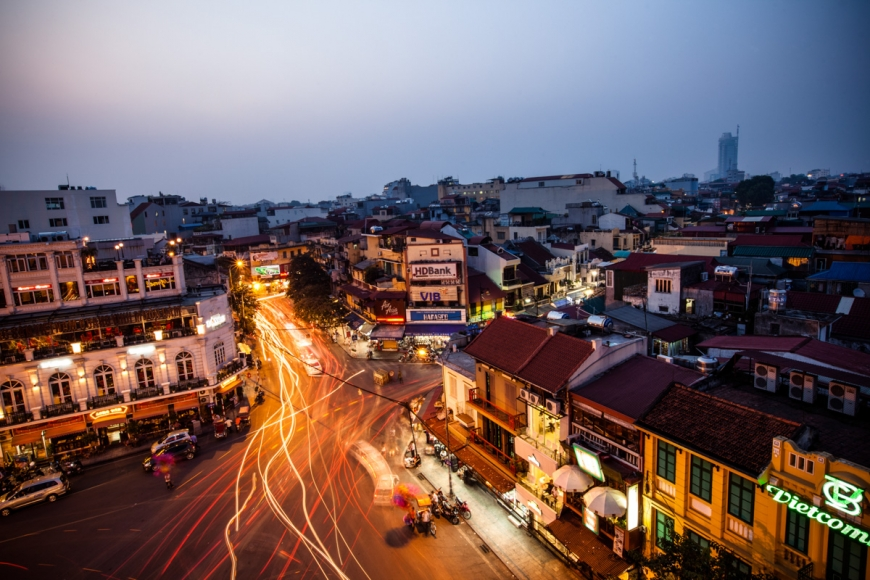 Open-tour buses are an increasingly popular service for budget travelers, especially in Vietnam's southern and central regions. Buses run regularly and reliably between top destinations such as Hanoi, Hue, Hoi An, Nha Trang, Da Lat, Mui Ne, and Ho Chi Minh City. Most open tour buses are sleeper buses or have deep reclining chairs. A simple Google search will bring up the most reputed open-tour bus companies. We recommend booking one or two days ahead unless you're traveling on a Vietnamese holiday: then you'll want to book seats at least two weeks in advance.
Open-tour buses are an increasingly popular service for budget travelers, especially in Vietnam's southern and central regions. Buses run regularly and reliably between top destinations such as Hanoi, Hue, Hoi An, Nha Trang, Da Lat, Mui Ne, and Ho Chi Minh City. Most open tour buses are sleeper buses or have deep reclining chairs. A simple Google search will bring up the most reputed open-tour bus companies. We recommend booking one or two days ahead unless you're traveling on a Vietnamese holiday: then you'll want to book seats at least two weeks in advance.
Motorbikes in Vietnam
 Vietnam's quintessential mode of transport, motorbikes are the most convenient way to travel short distances. Independent travelers may like to try long-distance motorbiking for adventure and spectacular views. Novice motorists should be careful on Vietnam's streets and observe the local style of driving, which is more ebb and flow than 'following the rules. You’ll find motorbike rental shops in almost every city. Prices depend on the quality of the bike, ranging from 150,000 to 300,000 VND/day for scooters and mopeds. You can expect to leave a deposit or your passport if you're renting for more than a week. When in Vietnam, never park your motorbike unattended, always wear a helmet, and be sure to check the ticket number if you leave it in a parking lot.
Vietnam's quintessential mode of transport, motorbikes are the most convenient way to travel short distances. Independent travelers may like to try long-distance motorbiking for adventure and spectacular views. Novice motorists should be careful on Vietnam's streets and observe the local style of driving, which is more ebb and flow than 'following the rules. You’ll find motorbike rental shops in almost every city. Prices depend on the quality of the bike, ranging from 150,000 to 300,000 VND/day for scooters and mopeds. You can expect to leave a deposit or your passport if you're renting for more than a week. When in Vietnam, never park your motorbike unattended, always wear a helmet, and be sure to check the ticket number if you leave it in a parking lot.
Cycling in Vietnam
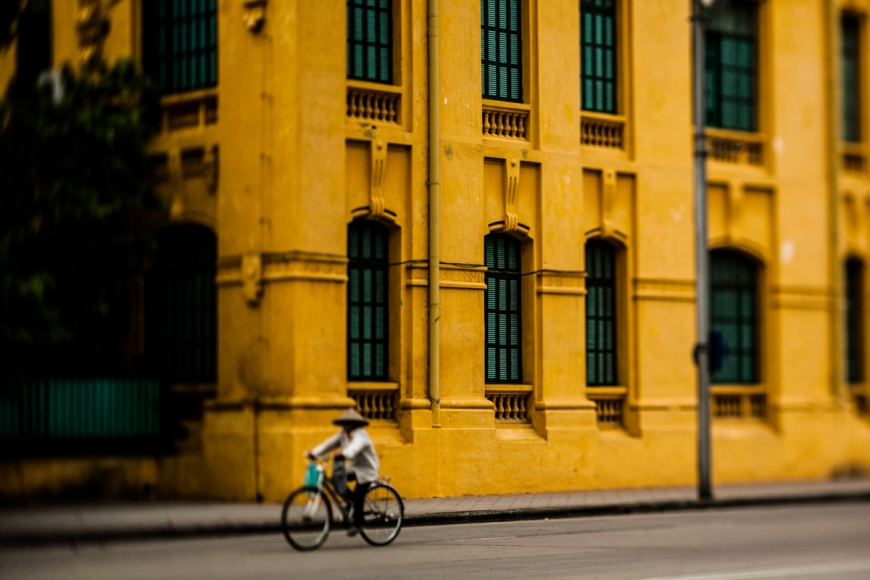 Whether you're an avid cyclist or just enjoy a little pedal now and then, Vietnam will reawaken your love for this mode of transport. Although it's possible to cycle in the cities, Vietnam's small towns and beach destinations are perfect for two-wheeled excursions. Some of the country's best guided tours are in fact bicycle tours. You'll find these in the Mekong Delta and in Central Vietnam. In towns such as Hoi An and Hue, it's possible to get to almost everywhere you want to go by bicycle (many of the locals do.) Rentals are usually about 20,000 to 30,000 VND per day (about 1$.)
Whether you're an avid cyclist or just enjoy a little pedal now and then, Vietnam will reawaken your love for this mode of transport. Although it's possible to cycle in the cities, Vietnam's small towns and beach destinations are perfect for two-wheeled excursions. Some of the country's best guided tours are in fact bicycle tours. You'll find these in the Mekong Delta and in Central Vietnam. In towns such as Hoi An and Hue, it's possible to get to almost everywhere you want to go by bicycle (many of the locals do.) Rentals are usually about 20,000 to 30,000 VND per day (about 1$.)